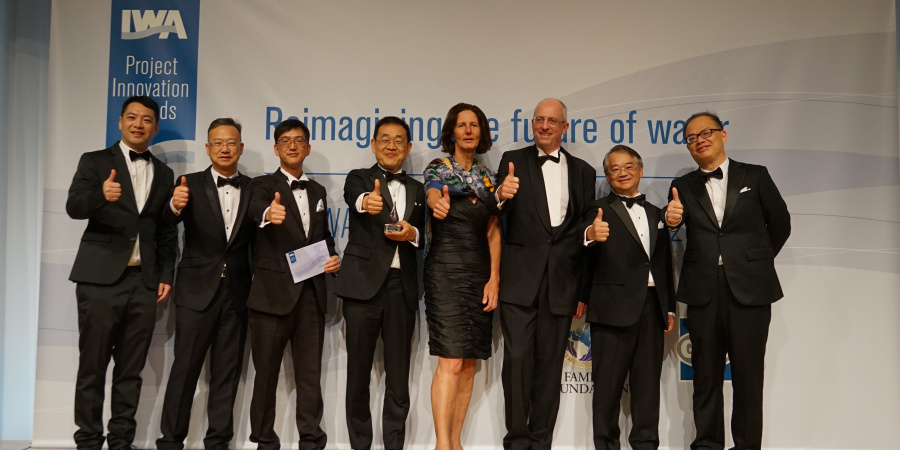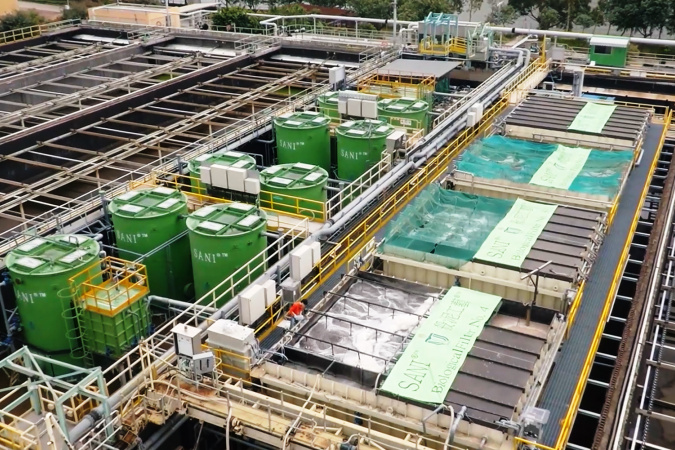HKUST’s SANI Technology Wins 2018 Project Innovation Award of International Water Association
A research team led by Prof. CHEN Guanghao, Chair Professor of Civil and Environmental Engineering, received the Bronze Medal of 2018 International Water Association (IWA) Project Innovation Awards under the category of Breakthroughs in Research and Development for their project on SANI technology. The honor recognizes SANI technology for its breakthrough and innovation as a low energy and low carbon wastewater treatment technology, and its contributions to the worldwide water sector, especially in the coastal cities.
The biennial Project Innovation Awards recognize and promote excellence and innovation in water management, research and technology. They are now in their 12th year and attracted 160 entries from 45 countries across the six categories. The awards were presented at the IWA World Water Congress and Exhibition, which was held in Tokyo, Japan during September 16-21, 2018 and drew over 9,000 international water experts.
Prof. Glen T. DAIGGER, IWA Past President and a member of the US National Academy of Engineering, said, “I am impressed with the research findings of the project conducted by Prof. Chen’s research team. The use of seawater as an alternative water, nutrient and energy resource is a new area of applied research. While the Triple Water Supply system and the SANI process can be used individually, the integrated system can give the best result as a low cost, low energy consumption and low carbon footprint total water management system. Today, about 844 million people lack access to safe water, and 2.3 billion people do not have adequate sanitation. I am confident that the research findings will be of great use for the islands and coastal areas.”
On receiving the prize, Prof. Chen said, “SANI technology obtained an IWA Project Innovation Award once again this year, a great testimony to this original technology and encouragement for our team. On behalf of all the team members, I sincerely thank the Hong Kong University of Science and Technology, Hong Kong Innovation and Technology Commission, Hong Kong Drainage Services Department and other institutions for their strong support.”
More about SANI Technology
Hong Kong has been using seawater for toilet flushing since 1950s, saving 0.3 billion m3 of freshwater and serving 5.85 million people annually. This was further developed into a Triple Water Supply system at the Hong Kong International Airport, saving 52% of freshwater and 30,000 MWh of electricity by seawater cooling per year. Making use of sulfate from seawater, we have developed the Sulfate reduction, Autotrophic denitrification and Nitrification Integrated (SANI) process by introducing a sulfur cycle into biological nitrogen removal process. As all three functional bacteria are slow growers, sludge production is reduced. In this project, we have operated a 1000 m3/d SANI demonstration plant for 250 days, and achieved 70% biological sludge reduction. This demonstrates a new integrated water management plan for governors of coastal cities to consider in view of the ever-growing water scarcity problems.


